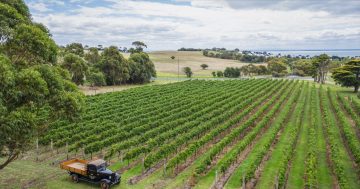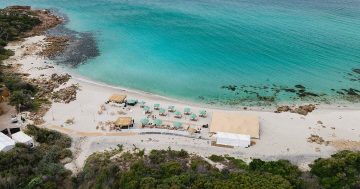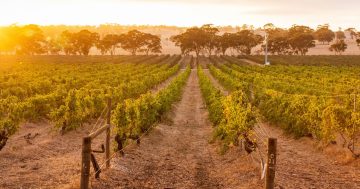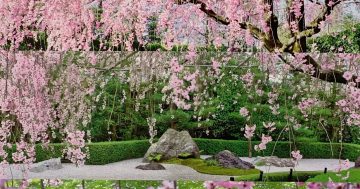By John Rozentals.

Stefano Lubiana … one of Australia’s most talented winemakers.
I was going to begin this by saying that Stefano Lubiana is one of Australia’s most talented young winemakers, but then remembered that, like me, these days he better fits the ‘once was young’ category.
So, we’ll conveniently omit that descriptor, and just describe him as one of Australia’s most talented winemakers.
Though obviously beaten to the start-up punch by Meadowbank to the north and Moorilla to the south, Stefano was one of the pioneers of grape-growing in Tasmania’s Derwent Valley and has succeeded admirably in transitioning from the wholly irrigated viticulture of South Australia’s Riverland to the truly boutique.
He and his wife, Monique, run what they claim is Australia’s first and only truly biodynamic vineyard, and their absolute dedication shows in wines such as the Stefano 2014 Collina Chardonnay (about $100).
At that price, it should be good, and it is — a smouldering mouth full of excellent fruit and some clever winemaking, using fruit grown only on the estate’s Collina Vineyard.
It’s a wine that demands the very finest richly sauced white-meat dish — and plenty of thought rather than mindless quaffing.
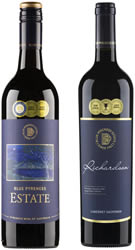 WINE REVIEWS
WINE REVIEWS
Blue Pyrenees 2016 Estate Red ($42): This blended red represents each year the best the BLP can produce, and this case is 81 per cent cabernet sauvignon, 14 per cent merlot and 5 per cent malbec. The flavour is dominated by rich plumminess and delightful oak treatment which has given the wine an integrated seam of cedar. The winery’s French influence is obvious.
Blue Pyrenees Estate 2016 Richardson Cabernet Sauvignon ($64): The late Colin Richardson, who this wine is named for, was indeed one of the industry’s finest, a larger-than-life figure devoted to furthering the industry and particularly young professionals’ love for good wine and spirits. The wine has a bouquet of aromatic blackberries, plus regional mintiness and olives. The oak is beautifully handled.

WINE OF THE WEEK
Blue Pyrenees Estate 2016 Section One Shiraz ($42): This dry red is made from robust old shiraz vines planted in 1972 and 1974 on a gently sloping, south-facing section of the main BPE vineyard. The fruit is regularly kept separate and it’s easy to see why. The wine shows ample varietal spicy dark berries and lashings of regional pepperiness. It’s my pick out of three very good 2016 BPE releases.


